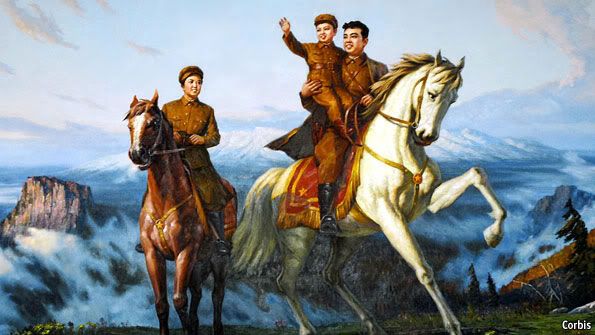Permafrost covers 24% of exposed land of the Northern Hemisphere.
From a NASA press release of 6-10-2013…
Permafrost (perennially frozen) soils underlie much of the Arctic. Each summer, the top layers of these soils thaw. The thawed layer varies in depth from about 4 inches (10 cm) in the coldest tundra regions to several yards, or meters, in the southern boreal forests. This active soil layer at the surface provides the precarious foothold on which Arctic vegetation survives. The Arctic’s extremely cold, wet conditions prevent dead plants and animals from decomposing, so each year another layer gets added to the reservoirs of organic carbon sequestered just beneath the topsoil.
Over hundreds of millennia, Arctic permafrost soils have accumulated vast stores of organic carbon – an estimated 1,400 to 1,850 petagrams of it (a petagram is 2.2 trillion pounds, or 1 billion metric tons). That’s about half of all the estimated organic carbon stored in Earth’s soils. In comparison, about 350 petagrams of carbon have been emitted from all fossil-fuel combustion and human activities since 1850. Most of this carbon is located in thaw-vulnerable topsoils within 10 feet (3 meters) of the surface.

For an interactive book about the frozen parts of Earth, follow this link to the publication.
Arctic air temperatures rose 1.5 – 2.5˚C in the past 30 yrs, faster than those of other regions of the globe. The permafrost layer temperatures have risen even faster at rates of 2.7 – 4.5˚C in 30 yrs. The released heat into the permafrost is likely to cause increased releases of carbon in the forms of CO2 and methane. The fear is this will alter the carbon balance of the Arctic and worsen global warming.
Scientists want to know how much of the carbon in permafrost is likely to be released and how fast. Current climate models do not account for this accurately. They need additional data to see how increased releases may affect larger regions and the globe as a whole. With this new data, the existing climate models can be modified and they may better predict the future behavior. To that end, teams from twelve institutions have joined NASA to fly low altitude missions in the Arctic. Their goal is to measure the exchanges of carbon taking place between Earth’s surface and atmosphere. The project is called CARVE – Carbon in Arctic Reservoirs Vulnerability Experiment.
Permafrost is not only in the exposed land areas. It is also common in the continental shelves of the Arctic Ocean as subsea permafrost. It was formed during the last glacial period. Sea levels were much lower then. These shelves endured very harsh conditions and accumulated large stores of organic undecayed carbon. Subsea permafrost is slowly thawing at many locations. Their extent and how they will impact global climate is lesser known.
Take me to the rest of this story.





